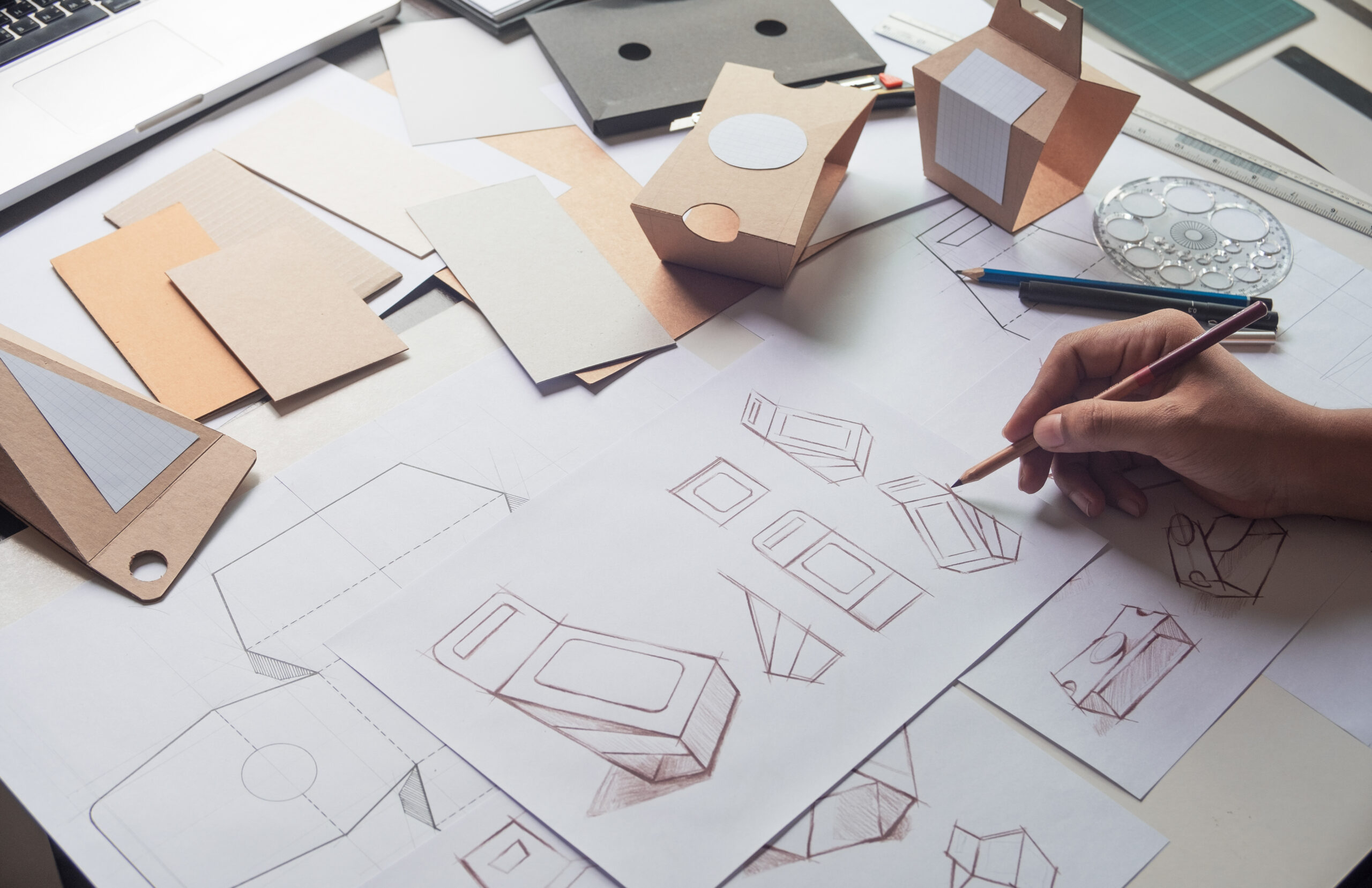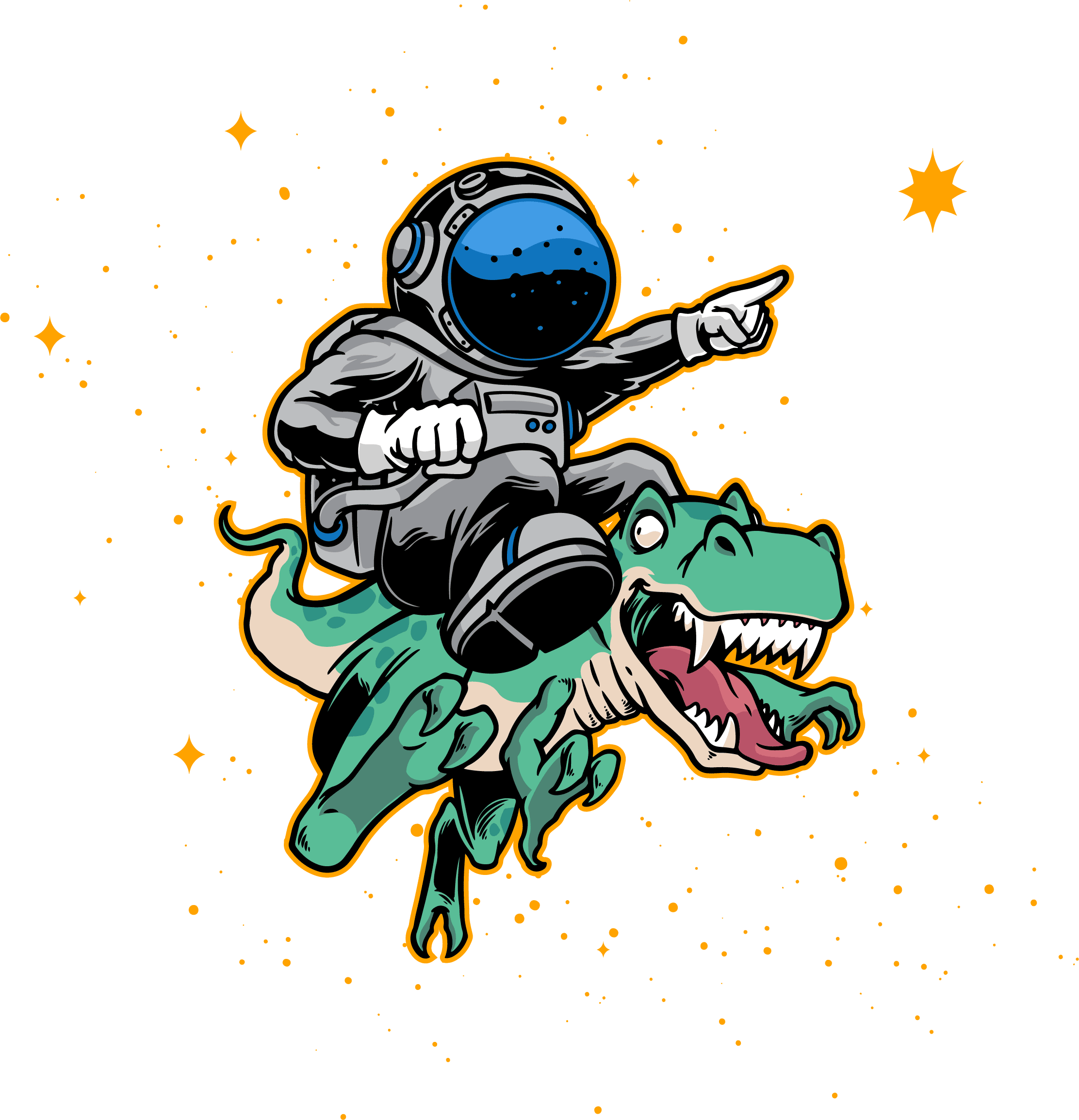Estimated reading time: 5 minutes
In the realm of business development, the Lean Canvas model proves to be an invaluable tool for crafting solutions and honing in on top features that resonate with the target audience. The initial step involves meticulous mapping of unique challenges and pain points faced by the intended market, subsequently leading to the articulation of a Unique Value Proposition.
However, the pivotal aspect of this journey lies in the delineation of potential solutions and the identification of top features that set the offering apart. Let’s delve into the strategic approach that startups can undertake to effectively navigate the development of solutions and prioritize features within the Lean framework.
Table of contents
- So How Can Startups Develop Desirable Solutions Using the Lean Canvas Model
- What is the Essence of Solutions in the Lean Canvas?
- Embarking on Solution Development: A Lean Approach
- How Can Companies Spotlight on Top Features?
- What are the Potential Challenges in Solution Development and How do you Mitigate Them?
- The Interaction of Solutions with the Lean Canvas
- Final Thoughts on Effective Solution Development in the Lean Canvas
So How Can Startups Develop Desirable Solutions Using the Lean Canvas Model
The Lean Canvas model recognizes that solutions are not generic remedies but innovative responses tailored to customer needs. It acknowledges the importance of pinpointing top features that will set the product or service apart, enhancing the overall user experience.
As businesses embark on this expedition, distinguishing between ‘must-have’ and ‘nice-to-have’ features is paramount, ensuring that every feature added genuinely augments the product’s value proposition. Moreover, customer feedback becomes the cornerstone of this process, shedding light on potential features that might have been overlooked.
Read More: Startup Project Management: The Key to Success
However, in this dynamic landscape of business development, it’s essential to recognize and mitigate potential challenges. One such challenge is the dreaded ‘feature creep,’ where the allure of adding multiple features can detract from the core value proposition. Startups must remain vigilant and prioritize functionalities that align most closely with the Unique Value Proposition (UVP), thereby striking a delicate balance between innovation and maintaining a streamlined product.
What is the Essence of Solutions in the Lean Canvas?
At its core, a solution is the answer to a problem. In the Lean Canvas model, the ‘Solutions’ block is a direct derivative of the ‘Problems’ block, ensuring a symbiotic relationship between identifying customer pain points and devising solutions. Startups are urged to invest efforts in developing and refining solutions tailored precisely to address these identified issues. This isn’t a one-size-fits-all endeavor; instead, it calls for meticulous testing and iterative refinement.
Embarking on Solution Development: A Lean Approach
In adhering to the Lean methodology, developing solutions becomes a systematic process rooted in insights and iterative refinement. This path necessitates a combination of hypothesis formulation, rigorous testing, and a commitment to continuous improvement, ensuring the solution aligns seamlessly with the audience’s needs.
Here’s a step-by-step breakdown of this approach:
- Start with Assumptions: Initially, every solution is based on an assumption. Drawing from insights gathered during the problem identification phase, hypothesize potential solutions that could alleviate customer pain points.
- Prototyping and Minimum Viable Product (MVP): Before diving into full-scale production, create a prototype or an MVP. This allows startups to test their solutions in a real-world context without committing excessive resources.
- Testing Solutions with Target Audience: Engage directly with potential customers. This hands-on approach facilitates feedback collection, helping startups understand what works and what doesn’t.
- Iterate and Refine: Armed with feedback, iterate on the initial solution. Adapt, modify, and refine until the solution is optimized for the target audience.
How Can Companies Spotlight on Top Features?
While solutions address problems, top features enrich the overall user experience, distinguishing the product or service. The identification of these top features isn’t about quantity but about emphasizing what genuinely adds value.
- Distinguish Between ‘Must-Have’ and ‘Nice-to-Have’: Prioritize features based on their essentiality. Some features are fundamental, while others, although appealing, may not be critical for the customer.
- Align Features with your Unique Value Proposition (UVP) Your top features should resonate with and reinforce your Unique Value Proposition. For instance, if your UVP emphasizes speed, a related top feature could be faster processing or quick setup.
- Leverage Customer Feedback: Engage customers in the feature identification process. Their feedback can spotlight features you might have overlooked and can guide prioritization.
What are the Potential Challenges in Solution Development and How do you Mitigate Them?
The journey of solution development within the lean context is intricate, presenting a host of challenges. However, by comprehending these hurdles, startups can equip themselves with strategies to effectively mitigate them. Here’s a closer examination:
- Mitigating Feature Creep: Keeping solutions streamlined is pivotal. While innovation is encouraged, overburdening a product with excessive features can detract from its core value. Prioritize functionalities that align closely with the Unique Value Proposition (UVP) and truly augment the user experience.
- Balance Assumptions with Real Feedback: While starting with assumptions is essential, clinging to them despite contradictory feedback can impede progress. Be ready to pivot when necessary.
- Conduct Rigorous Testing Before Scaling: Patience and thoroughness are virtues in the Lean methodology. Before transitioning to full-scale production, it’s essential to rigorously test solutions, ensuring they meet market demands and expectations.
The Interaction of Solutions with the Lean Canvas
A solution, once identified and refined, is a pivotal piece of the more extensive jigsaw that is the Lean Canvas. Its influence permeates various segments, affecting and being affected by other pivotal elements:
- Refining Customer Segments: A well-defined solution can help in refining your target audience. Certain features might appeal more to specific demographics.
- Guiding Marketing Channels: Solutions and their top features can guide the selection of marketing and distribution channels. A feature-rich mobile app, for example, necessitates a strong presence in app stores.
- Influencing Revenue Streams: The value offered by your solutions and features can inform pricing strategies and potential partnerships.
Final Thoughts on Effective Solution Development in the Lean Canvas
In the Lean Canvas framework, the journey from problem identification to solution development is a meticulous one, demanding both creativity and analytical thinking. As you craft your offerings, recognizing and emphasizing top features ensures that you not only solve problems but also deliver a memorable experience. With continuous feedback, iteration, and a keen focus on value, you can transform your solutions into market-ready products that deeply resonate with your audience, fostering successful business development.
Explore More About Lean Startup Philosophy At Leantime, we’re passionate about helping you navigate the world of entrepreneurship and innovation through the lens of the Lean Startup Philosophy. If you’ve found this article intriguing and insightful, you’ll definitely want to check out these recommended reads to dive even deeper into the world of Lean Startup:






